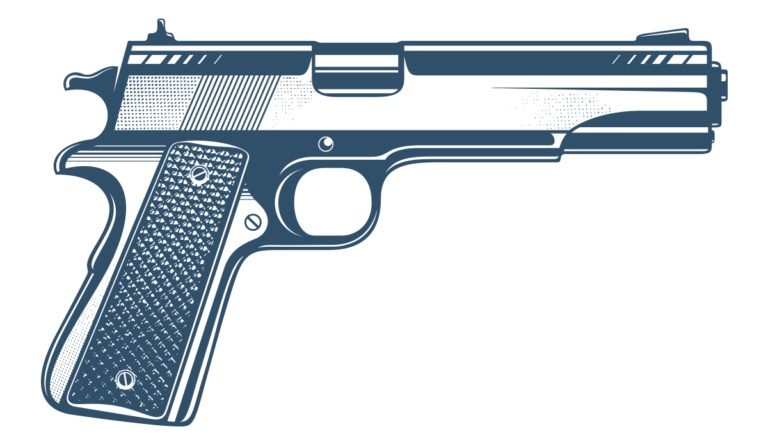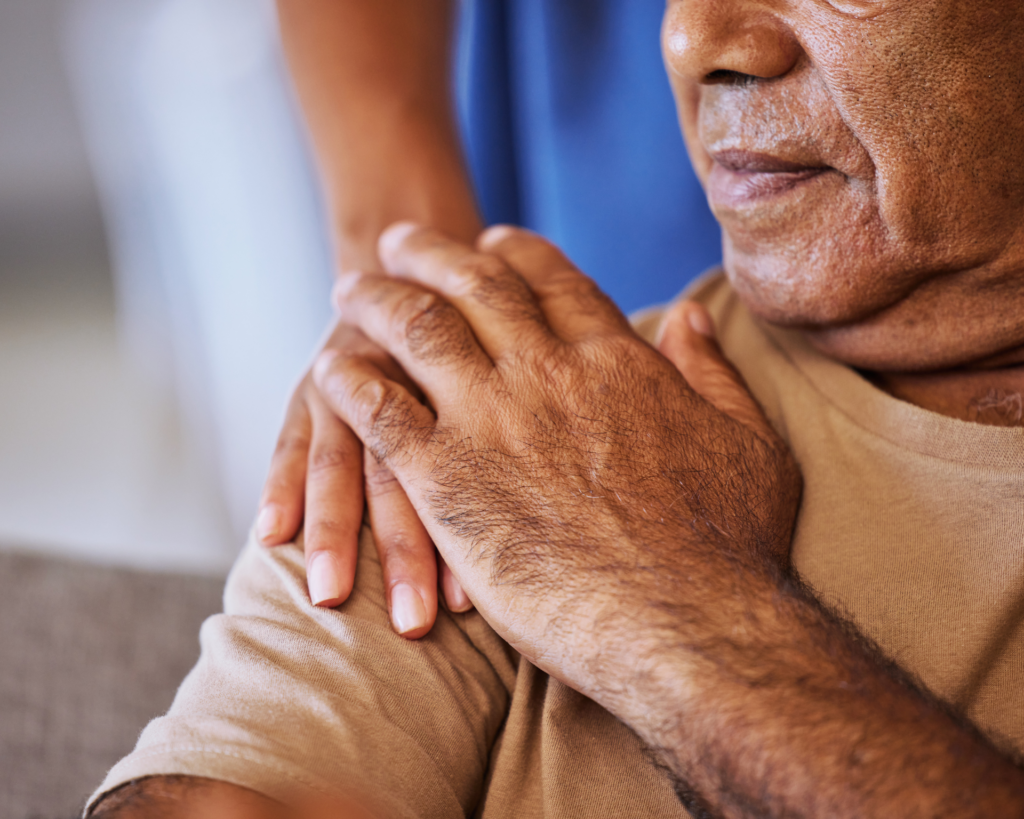Under the Gun
Poverty has long been seen as one of the biggest risk factors for violent victimization and firearm-related-crimes.

Read Time: 3 minutes
Published:
Over 30,000 Americans die every year of firearm-related injuries, and this number is continuing to rise. In 2017 approximately 40,000 died from a gun injury, a 2.9% increase from 2016. In comparison, deaths related to motor vehicle collisions have fallen, decreasing from one year to the next. Firearm-related deaths now outnumber motor-vehicle deaths for the first time in some states. In the past, the approach to gun violence and other crimes focused on increased law enforcement presence and policing. Public health interventions focused on improving social support for hard-hit communities were rare.
Poverty has long been seen as one of the biggest risk factors for violent victimization and firearm-related-crimes. In 2018, those in households with an income under $25,000 a year were almost twice as likely to be victims of violent crimes as those with incomes of $25,000-$49,000. And those living below the poverty line were more likely to be victims of gun-related crimes.
In 2018, those in households with an income under $25,000 a year were almost twice as likely to be victims of violent crimes as those with incomes of $25,000-$49,000.
The association between socioeconomic status and violent crimes is well-known but can be difficult to quantify objectively. We used the Area Deprivation Index (which measures social deprivation based on poverty, education, housing, and employment) in conjunction with geographic information systems to create a map showing the extent of social deprivation in each neighborhood in Duval County, Florida. Onto that same map, we plotted the number of people who gunshot wounds sought care from a nearby level-one trauma center.
We found a strikingly consistent positive correlation between social deprivation as measured by the ADI and the number of gunshot wounds sustained in those areas. On the map, the extent of area social deprivation is represented by the dark purple shading, and each dot represents the location where a shooting injury occurred. The correlation between social deprivation and gun injuries is represented by the dense clusters of dots sustained in the dark purple areas with the highest ADI scores.

Similarly, the graph shows the strong correlation between social deprivation and the likelihood of a violent crime resulting in a gunshot wound requiring treatment at a level one trauma center. The areas with the highest rates of gunshot wounds sustained per 100,000 residents were almost exclusively areas with the highest ADI scores. This is shown as an upward curve where the points that are highest on the y axis are largely farthest to the right on the x axis.

Our findings suggest that the solution to decreasing gun-related injury and death could at least partially lie in alleviating the risk factors that lead to social deprivation. This might include projects aimed at improving public schools, increasing access to higher education for adults, addressing housing insecurity, and other interventions aimed at increasing social support in high-risk communities.
Photo via Getty Images




